
Expertly Refurbished, Scientifically Sterilized, Ready for You. UV-C Light for Hearing Aid Sterilization: Scientific Evidence, Protocols, and Best Practices At Hears Hearing & Hearables, we understand that choosing a used ...
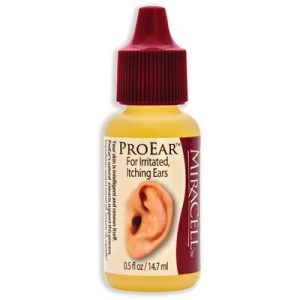
Looking for Itchy Ear Relief? ProEar by MiraCell Can Help! ProEar by MiraCell is a helpful remedy for those who experience itchy ears, especially due to the prolonged use of ...
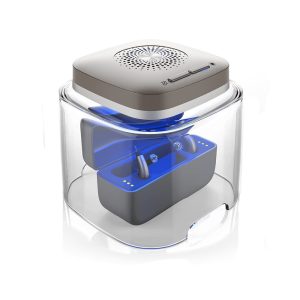
The Importance of a Hearing Aid Dryer in Maintaining Your Hearing Aid Integrity In General: Hearing aids are invaluable devices that empower individuals with hearing loss to engage fully in ...
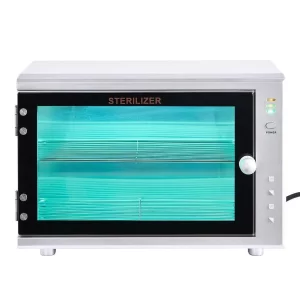
Experience the Gold Standard in Used Hearing Aid Sterilization with UV-C Technology. At our facility, we’ve embraced UV-C sterilization as our primary method for safeguarding all pre-owned hearing aids. UV-C, ...
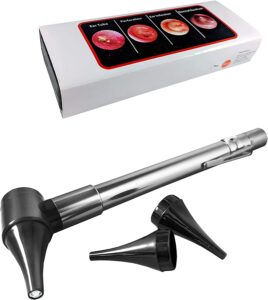
So you’re at an appointment with your primary care physician or a hearing healthcare professional and one of the first things they do is check in your ears with a ...
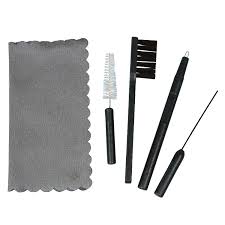
Cleaning your hearing aids I know what you are thinking. “Is that really that important?” “This is a high-tech, enclosed piece of equipment. How much cleaning is really needed?” I ...
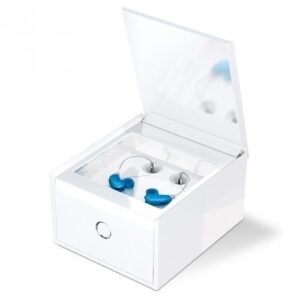
Why Use a Dehumidifier for Your Hearing Aids? Hearing aids are powerful, miniature electronic devices worn all day long, often exposed to sweat, humidity, earwax, and environmental debris. These elements ...
Powered By SinglerDesign.com